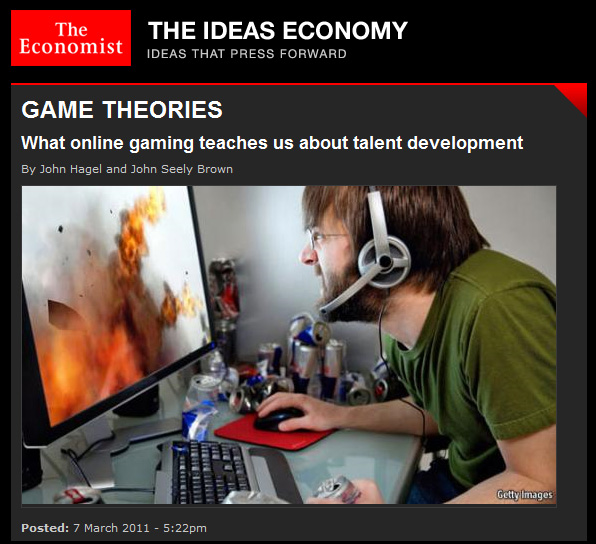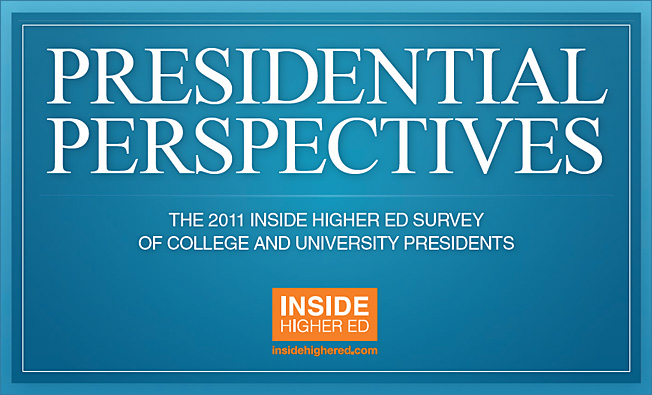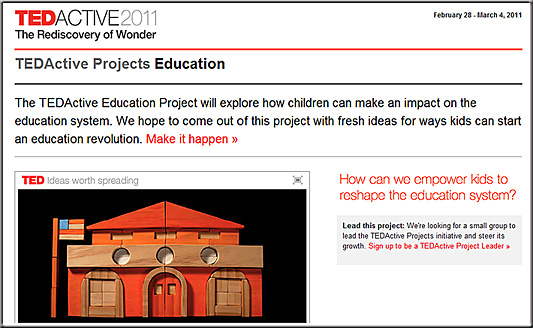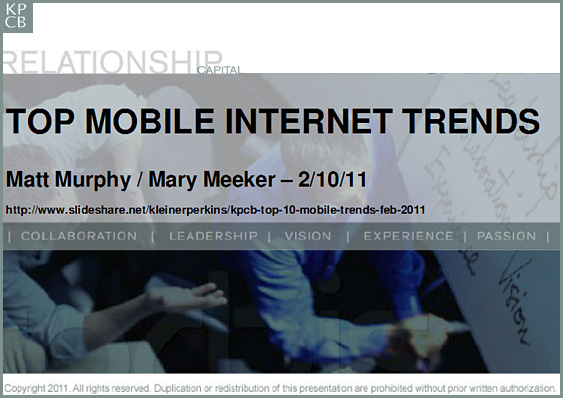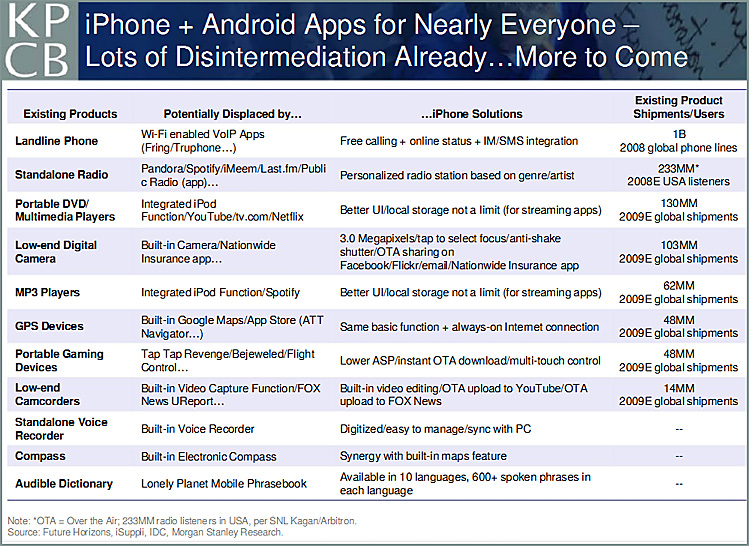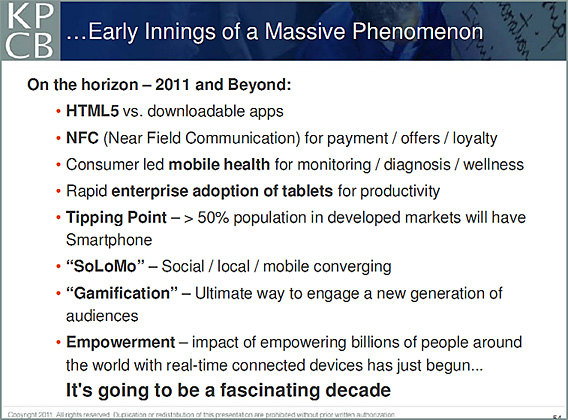4 reasons why an increased pace of change means greater unpredictability — from Trends in the Living Networks by Ross Dawson
.
Where can our most talented, passionate individuals thrive through accelerated learning, sharing, self-managed teams, transparent and mutual accountability, clear markers for merit and the opportunity to volunteer for work that involves their best talents and strongest interests so they stay passionately involved?
Thankfully, we have discovered that seven game-like conditions can be adapted to the workplace to accelerate talent development. As competitive and economic pressures mount, companies will need to find ways to transform the workplace into an environment that helps talent to develop faster.
Here is a brief description of this addictive game that attracts over 12 million people around the world and the practical pointers that can be gleaned from it.
The Fisch Flip in Michigan: Dale Eizenga on flipping traditional lecture and homework routines — from singaporeeducationdirectory.com
Excerpt:
Today I had the opportunity to spend time visiting with teachers and students at Holland Christian Schools in Holland, Michigan. One highlight of my day was the following five minutes of sharing by Holland Christian Schools’ chemistry teacher Dale Eizenga. Dale explained how access to a variety of technology resources has enabled him to flip the traditional in-class lecture and at-home assignment model of learning. Using software and websites, Dale records many lessons for students and makes those screencast videos available online and via the school’s podcast channel.
Several things are notable here. First, Dale didn’t read about Jonathan Bergmann and Aaron Sams, or Karl Fisch, online or in print. He stumbled upon this instructional model when his school provided all teachers and students with a robust digital learning environment. That not only includes access to laptops (for everyone in grades 6-12) but also an online learning management system (Moodle,) robust digital curriculum resources, school-supported options for sharing videos online, AND certified educators supporting technology integration. There are a lot of ingredients to this situation, and that’s critical to understand.
Secondly, Dale addresses in the video how some students struggle with this SHIFT to a “lecture at home on video” model. Dale still shares some lectures in class with students. He mixes it up. Dale explains this model forces students to “own their learning” in ways they may not have needed to in a traditional lecture-in-class setting. Dale relates this as “more of a college model,” where students are responsible for THEIR OWN learning. Dale explains his instructional role as one where he surrounds students with learning resources, and then assists students as they access / utilize those resources. When students aren’t “getting it,” he’s able to talk with them to find out if they’ve watched the podcast video which applies to the current topic or skill, and find out what students need specifically to master new content.
From DSC:
The folks at Holland Christian are doing an awesome job! Keep up the great work over there!
.

Technology integration: Plan backward — from Learning Objects by Nancy Rubin
Excerpts:
Backward Design is part of the Understanding by Design (UbD) framework proposed by Wiggins and McTighe offering a three-stage process to assist teachers in designing curriculum and assessments around big ideas, essential questions, and authentic assessments.
Curiosity-Driven Education — from Futurist Thomas Frey
Wilhelm Konrad von Roentgen became famous for “accidentally” discovering x-rays. Roentgen found something in nature that seemed useless, but fascinated him. He devoted countless hours to studying how electrons move from one point to another within a gas. He did this because he had an amazing sense of curiosity that was driven by a need to understand nature.
X-rays weren’t discovered by chance. Chance is when something comes from nothing. Yes, his discovery was serendipitous, but it was followed by a lot of hard work. Today, a scientist in a similar situation would be confronted with the challenges of finding the funding to proceed with this type of research.
Roentgen’s story is a classic example of a scientist who didn’t begin with a well-defined question. So, how do we remove the constraints and incentivize people to build on a hunch, with the remote possibility that their hunch may lead to an enormous breakthrough in society?
We do it by creating systems that empower our curiosity.
Simple tools for digital classroom — from November Learning by guest blogger Geoff Gevalt
The hardest thing for teachers to do is make the transition from paper and pencils to online media: Not enough computers, not enough knowledge, not enough time and a whole new way of doing things. We work with hundreds of teachers in the same situation and we offer this advice:
- Take small steps.
- Find a couple of tech-savvy kids in each of your classes to help.
- Explore the digital world on your own.
- Seek out people in the school or in professional development spheres to mentor you.
- Don’t be afraid to fail.
- Don’t be afraid if you don’t have all the answers – your kids will help.
Teacher Knowledge — Exploring, a few links…









